Click on images to enlarge
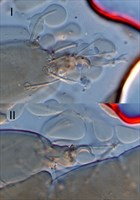
Fig. 1. Synonychus eucalypti adult female paratype - detail of empodia I and II.

Fig. 2. Synonychus eucalypti adult female paratype - detail of empodium III.
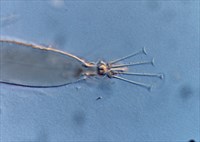
Fig. 3. Synonychus eucalypti adult female paratype - detail of empodium III with tenent hairs.
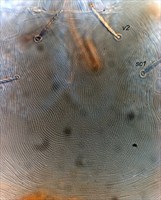
Fig. 4. Synonychus eucalypti adult female paratype - detail of pattern of striae on prodorsum.
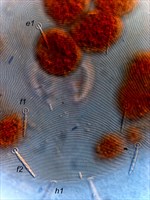
Fig. 5. Synonychus eucalypti adult female paratype - detail of pattern of striae on posterior dorsum.
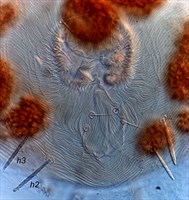
Fig. 6. Synonychus eucalypti adult female paratype - detail of shape of setae h2 and h3.
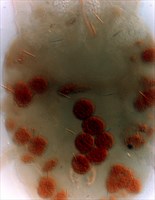
Fig. 7. Synonychus eucalypti adult female paratype - detail of dorsum.
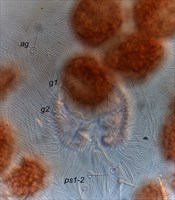
Fig. 8. Synonychus eucalypti adult female paratype - detail of pattern of pregenital striae.
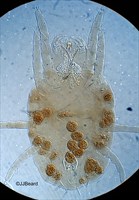
Fig. 9. Synonychus eucalypti adult female paratype - dorsal habitus.

Fig. 10. Synonychus eucalypti adult female paratype - detail of solenidia on tarsus I and II.
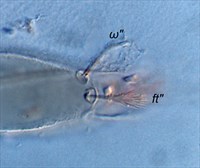
Fig. 11. Synonychus eucalypti adult female paratype - detail of shape of solenidion and fastigial seta (ft″) on tarsus I.
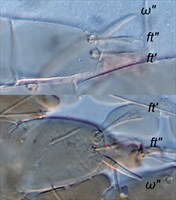
Fig. 12. Synonychus eucalypti adult female paratype - detail of shape of solenidion and fastigial setae (ft′, ft″) on tarsus II.
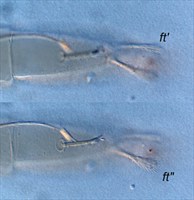
Fig. 13. Synonychus eucalypti adult female paratype - detail of shape of solenidion and fastigial setae (ft′, ft″) on tarsus III (same individual at different focus).
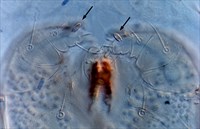
Fig. 14. Synonychus eucalypti adult female paratype - detail of shape of solenidion on palp (indicated by arrows).
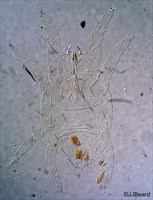
Fig. 15. Synonychus eucalypti adult male paratype - dorsal habitus.
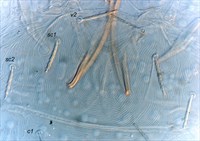
Fig. 16. Synonychus eucalypti adult male paratype - detail of pattern of striae on prodorsum.

Fig. 17. Synonychus eucalypti adult male paratype - detail of setae and striae on posterior dorsum.
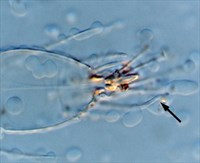
Fig. 18. Synonychus eucalypti adult male paratype - detail of shape of solenidion on tarsus I.
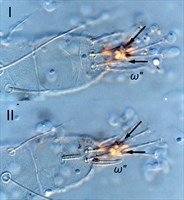
Fig. 19. Synonychus eucalypti adult male paratype - detail of shape of solenidia and fastigial setae (ft′, ft″) on tarsi I and II (indicated by arrows).

Fig. 20. Synonychus eucalypti adult male paratype - detail of shape of solenidia and fastigial setae (ft′, ft″) on tarsus IV (indicated by arrows).
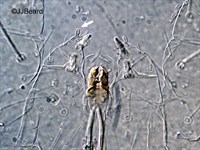
Fig. 21. Synonychus eucalypti adult male paratype - detail of shape of solenidion on palp.

Fig. 22. Synonychus eucalypti adult male paratype - detail of aedeagus (two different individuals).
Material examined
paratypes
Taxonomy
Subfamily Tetranychinae
Tribe Eurytetranychini
Common Name
none
Distribution
*Australia: Tasmania
1 species known worldwide
Taxonomy Changes
none
Diagnosis
Female
- empodia I-IV = stout claw, half the length of the tenent hairs on the true claws (Figs 1-3)
- true claws I-IV = short pad with two tenent hairs (Fig. 3)
- peritreme ending in simple expansion
- prodorsum with fine longitudinal striae, forming a broad U-shape posteriorly (Fig. 4)
- dorsal opisthosomal cuticle with fine striae, transverse medially becoming longitudinal laterally (Fig. 5)
- dorsal setae short, blunt and barbed, much shorter than distance to next setae (Figs 5-7)
- pregenital striae longitudinal (Fig.8 )
- legs shorter than body (Fig. 9)
- tarsus I solenidion long, tarsus II solenidion short and slightly swollen at base (Figs 10-13)
- ft setae on tarsi I-IV with spatulate/fimbriate tips (Figs 11-13)
- palp solendidion short, spindle-shaped (Fig. 14)
- brownish yellow when alive, with large brown spherical inclusions
Male as per female plus:
- body slightly more tapered posteriorly than female (Fig. 15)
- prodorsum with strong longitudinal striae, forming a broad U-shape posteriorly (Fig. 16)
- dorsal opisthosomal setae f1 inserted more lateral than e1, inserted just anterior to f2 (Fig. 17)
- tarsus I solenidion ω″ long (Figs 18, 19), tarsus II-IV solenidia all short (Figs 19, 20)
- ft setae on tarsi I-IV with spatulate/fimbriate tips (Figs 19, 20)
- palp with solenidion short, spindle-shaped (Fig. 21)
- aedeagus directed dorsally, with no anterior or posterior projection; dorsal margin of shaft at 30° angle to ventral margin; dorsal projection short stout finger-like, bent dorsally at 45-50° angle, weakly tapering, with tip curving posteriorly (Fig. 22)
Hosts
*Eucalytpus ovata (Mytaceae)
References
*Miller, L.W. (1966) The tetranychid mites of Tasmania. Papers and Proceedings of the Royal Society of Tasmania 100: 53-76
Notes
This species is rather small and brownish yellow in colour.
Copyright © 2018. All rights reserved.